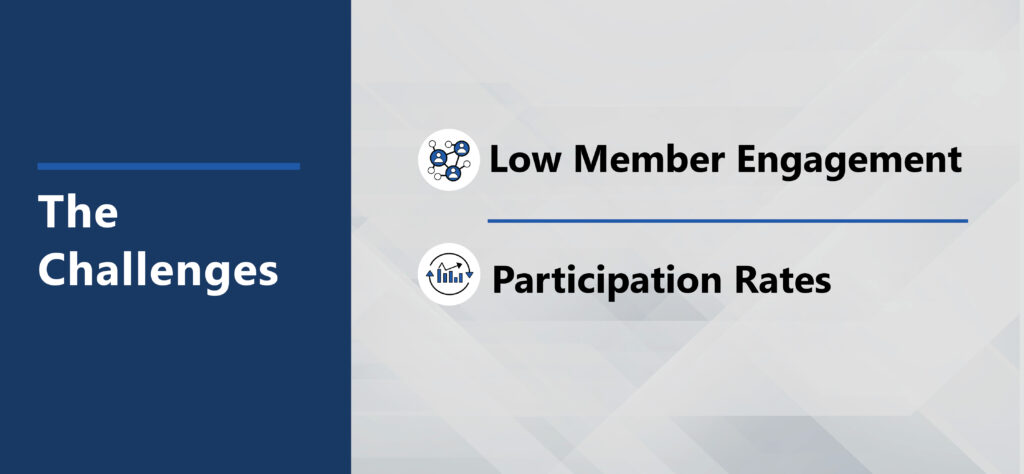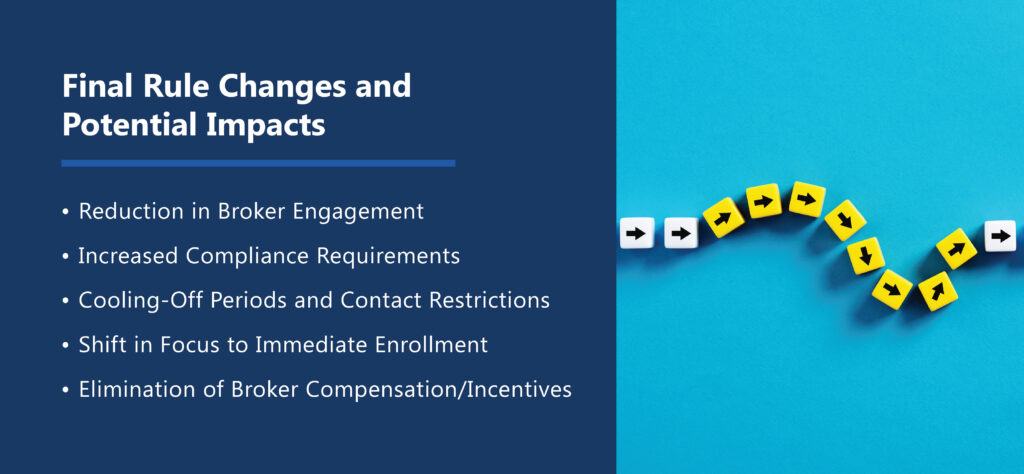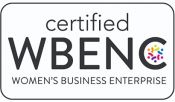Opportunities to Enhance Engagement & Completion in Health Assessments
Let’s have a conversation
What exactly is a Health Risk Assessment (HRA)?
A Health Risk Assessment is a comprehensive tool used by healthcare providers to gather essential information regarding an individual's health risks, lifestyle choices, medical history and other pertinent factors. This data collection helps to form a complete picture of a person's overall health status. HRAs typically include a series of questions covering various dimensions of health and well-being, such as medical history, lifestyle behaviors, health indicators, mental well-being and social determinants of health like food insecurity, transportation needs and socioeconomic challenges.
HRAs serve two primary functions: they evaluate current health conditions and pinpoint potential health risks or issues that can be addressed proactively. By offering a comprehensive overview of an individual’s health, HRAs enable the detection of risks and the development of tailored interventions or advice, ultimately enhancing health outcomes.

Challenges with HRA Completion Rates
Despite the valuable insights offered by HRAs, many health plans face challenges with low member engagement and participation rates in completing these assessments. Low completion rates can hinder the ability of health plans to gather accurate data on members' health status and impede the delivery of personalized care. To address this challenge, health plans need to devise comprehensive strategies to encourage member participation in HRAs while meeting regulatory obligations.
According to the Commonwealth Fund, 33% of Medicare Advantage members are unsure if their health plan uses their HRA response information to improve their care and services provided. This underscores the need for health plans to enhance their HRA processes to include clearer communication on the HRA’s importance and provide actional insights that empower positive health outcomes for members.
Strategies to Improve HRA Completion Rates
Streamlined Process: Simplifying the process of completing HRAs can significantly reduce barriers to participation and encourage more individuals to engage in health assessments. This can be achieved through several strategies:
- Multiple Modes of Completion: Offering several ways to complete the HRA can accommodate different preferences and accessibility needs. Options can include online platforms, paper forms, phone surveys, SMS/Text messaging. Ideally, omni channel engagement should be promoted to engage the member at the right time, in the method of their choosing.
- Concise and Easy to Understand: Ensuring that the HRA is straightforward and free of complex medical jargon can make it more accessible.
- User-Friendly Design: A well-designed HRA can enhance the user experience and reduce completion time.
- Multilingual Options: Offering HRAs in different languages can significantly increase accessibility for non-English speaking individuals.
- Timely Follow-Up: Contacting members shortly after enrollment is crucial for ensuring the HRA is completed promptly and effectively. Building automation to action responses in real time and automated follow-on interventions will increase the likelihood of continued engagement and member buy in.
Personalization: Tailoring communication and engagement strategies to individual members can increase engagement. Respecting members' communication preferences will increase the likelihood of success. Personalized messages that highlight the benefits of completing the HRA for the member's specific health needs can be more effective and reduce potential member abrasion.
Using behavioral segmentation and identifying the unique preferences, needs and motivations of each member maximizes the chances of engaging members. By leveraging insights generated from behavioral segmentation, health plans can tailor questions to identify and address specific conditions and social risk factors earlier in the member lifecycle. Personalized engagement is not just about improving HRA completion rates; it's about empowering members to take control of their health and well-being. By leveraging the power of AI and behavioral segmentation, health plans can directly improve response rates and overall engagement.
Digital First Approach: Adopting a digital first approach and utilizing multiple communication channels, including AI-powered texting, email and mobile-friendly digital HRAs could unlock significant opportunities to reduce costs, drive efficiencies and deliver significant ROI.
Education and Awareness: Educating members about the importance of HRAs and how the information collected is used to improve their care can increase participation rates. Clear communication about the confidentiality and security of their data is also crucial.
Incentives: Offering incentives, such as gift cards, discounts on health services or wellness program points can motivate members to complete their HRAs.
Integration with Wellness Programs: Linking HRAs with wellness programs and other health initiatives can provide a seamless experience for members and underscore the importance of the assessment in managing their overall health.
Using AI/Machine Learning or Intelligent Business Rules: Upon receiving a completed HRA, a series of actions could be initiated: for example, a referral to care and case management for those who have indicated chronic conditions or outreach for members who may be experiencing barriers to food or transportation. Building workflows or using advanced technologies to automate these next steps, ideally in real time, enables more timely and efficient processes and is likely to keep that member engaged and quickly demonstrate the value of completing an HRA to members.
Social Support: Encouraging members to complete HRAs through peer support groups or community networks can enhance engagement. Social influence and peer encouragement can be powerful motivators.
Digital Advertising: Building a digital advertising strategy, particularly paid social media advertising, has been successful in increasing engagement.
Follow-Up and Feedback: Providing timely follow-up and feedback on the results of the HRA can reinforce its value. Members are more likely to participate if they see immediate benefits and personalized health advice.
Privacy and Security: Assuring members that their information will be kept confidential and secure is essential for building trust and encouraging participation.
Provider Engagement: Engaging healthcare providers in the process can increase completion rates. Providers can emphasize the importance of HRAs during patient visits and encourage their completion.

Final Rule Changes and Potential Impacts
The latest CMS final rule introduces changes to broker incentives that may adversely impact the completion of Health Risk Assessments (HRAs) in several ways:
Reduction in Broker Engagement: The new regulations aim to curtail misleading marketing practices by brokers, which includes stricter oversight and reduced flexibility in how brokers can engage with potential enrollees. This might lead to brokers being less motivated to actively seek out and complete HRAs.
Increased Compliance Requirements: Brokers are now required to adhere to more stringent compliance standards, which include providing more detailed disclosures and avoiding certain marketing tactics. This increases their administrative burden, potentially diverting time and resources away from activities such as conducting HRAs.
Cooling-Off Periods and Contact Restrictions: This rule enforces a 48-hour cooling-off period before brokers can re-contact prospective enrollees, except under specific conditions. This delay can hinder timely completion of HRAs, especially during critical enrollment periods.
Shift in Focus to Immediate Enrollment: With stricter marketing regulations, brokers might prioritize immediate enrollment tasks over comprehensive activities like conducting HRAs, which require more time and follow-up. This shift in focus could lead to fewer HRAs being completed as brokers might not prioritize these assessments under the new incentive structures.
Elimination of Broker Compensation/Incentives: Changes in broker compensation models, which now focus on quality and compliance rather than volume, may lead brokers to deprioritize HRAs, especially as these assessments do not directly contribute to their compensation or incentives under the new rules.
In summary, the changes to broker incentives and the increased regulatory burden may reduce the emphasis brokers place on completing HRAs, potentially leading to a decline in the number of HRAs completed. This could affect the overall data collection and health management for Medicare beneficiaries.
Regulatory Compliance and Managed Care
For managed care organizations that comply with CMS Medicare services, new members must complete an initial HRA within 90 days of joining, followed by annual assessments within 365 days of the last completed assessment. Boosting HRA completion rates is crucial for meeting CMS requirements and obtaining accurate data on members' health status. High completion rates enhance member-centric care delivery, particularly in Medicaid and Medicare populations.
The Role of Risk Adjustment
Risk Adjustment is a critical process in managed care, particularly within Medicare and Medicaid programs. It involves adjusting payments to health plans based on the health status and demographic characteristics of their enrollees. Accurate risk adjustment ensures that plans receive appropriate compensation for enrolling members with varying health needs and risks, promoting fairness and stability in the healthcare market.
Improving HRA completion rates directly impacts the accuracy of risk adjustment. The data collected through HRAs provides detailed information on members' health conditions and potential risks, which is essential for accurate risk adjustment. By identifying and documenting health conditions early, HRAs help ensure that health plans allocate resources more effectively, support high-risk members and certify that they receive appropriate funding to manage their members' care effectively.
Enhancing HRA completion rates is essential for building member-centric care by enabling personalized, proactive and coordinated health management approaches while meeting regulatory requirements. By effectively leveraging HRA data, managed care organizations empower members, improve health outcomes and elevate the overall quality and satisfaction of care delivery, particularly within Medicaid and Medicare environments. Furthermore, accurate HRA data is crucial for risk adjustment, ensuring that health plans receive appropriate compensation and can sustainably manage the diverse needs of their populations. By addressing both practical barriers and psychological factors, health plans can significantly improve HRA completion rates, leading to better health management and outcomes for their members and a more balanced healthcare system.

How Can ProspHire Help?
To learn more about ProspHire and the opportunities to improve HRA engagement please contact us. We are happy to help advise, define and execute successful, leading-edge strategies and solutions.
© 2025 ProspHire, LLC. All Rights Reserved / Terms of Use / Privacy Policy






